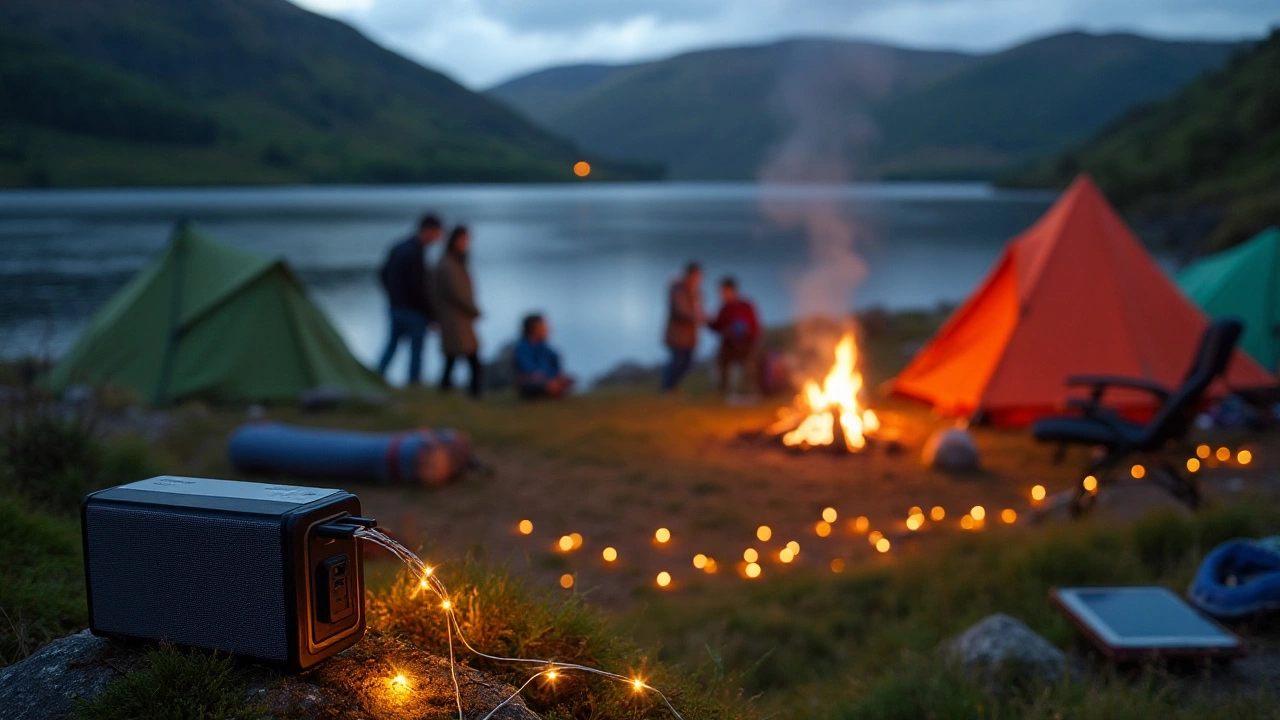Outdoor Power Essentials for Campers and Motorhome Travelers
When you’re out in the wild, the last thing you want is a dead battery or a flickering light. Knowing how electricity works at campsites and in your motorhome can make the difference between a smooth trip and a frustrating one. Below you’ll find straight‑forward advice on hooking up, using portable power, and staying safe with electricity on the road.
How Campsite Electricity Works
Most campsites offer a 230‑volt hook‑up that you plug into your motorhome or caravan. The outlet is usually a three‑pin UK plug, but some sites provide 120‑volt US style sockets for international travelers. Before you plug in, check the amperage rating – most sites give you a 13‑amp supply, which is enough for lights, a fridge, and a small TV. If you need more power, look for a site that offers a 15‑amp or dedicated extra‑strong connection.
Bring a short, heavy‑duty lead that can handle the current without overheating. A simple extension cord rated for 13 amps is fine, but avoid cheap, thin cords – they’re a fire risk. When you arrive, turn off all appliances, connect the lead, then switch the campsite’s power on. Turn on your devices one by one and keep an eye on any tripping fuses.
Powering Your Motorhome: 12‑Volt vs 230‑Volt
Inside a motorhome you have two separate systems. The 12‑volt system runs the fridge, water pump, lights and your dashboard. It’s fed by the vehicle’s battery or a dedicated leisure battery. The 230‑volt system powers larger appliances like kettles, microwaves, and a TV. To keep the 12‑volt battery healthy, avoid running high‑draw devices (like a heater) for long periods while the engine is off.
If you want to run a 12‑volt TV straight from the battery, you need a deep‑cycle leisure battery and a good inverter if the TV needs 230 V. Most modern 12‑volt TVs run directly off the battery, but check the manufacturer’s specs. A simple rule: don’t let the battery drop below 50 % if you plan to camp without recharging for a night.
Portable Power Options
Portable power stations are a game‑changer. They’re basically big batteries with AC outlets, USB ports and sometimes a 12‑V socket. Choose one with at least 500 Wh capacity if you plan to run a TV, phone chargers and a small fridge. Keep the unit charged at the campsite hook‑up, then you can move it around the site or use it when you’re off‑grid.
Solar panels are another option. A 100‑W panel plus a charge controller can top up a leisure battery in a sunny day. It won’t replace a mains hook‑up, but it keeps the battery from draining if you’re on a long trek.
Safety First
Always check cables for damage before you plug in. A frayed lead can spark and cause a fire. Keep cords away from water and never run them under a tent or inside the vehicle where they can overheat.
If a fuse trips, turn everything off, unplug, then reset the fuse. If it trips again, something is drawing too much power and you need to adjust your load.
Finally, don’t leave the motorhome plugged in overnight if you’re not using a timer. A simple timer can shut off power when you’re sleeping, preventing accidental overloads.
With these basics you’ll be able to charge phones, watch a movie, and keep the lights on without a hitch. Outdoor power doesn’t have to be a mystery – a little knowledge goes a long way toward a hassle‑free adventure.
Choosing the Best Portable Power Station for Your Camping Adventures
Exploring whether a portable power station is a worthwhile investment for camping enthusiasts seeking electric hook-ups. This article dives into the convenience and benefits of portable power solutions, provides insights into functionality and longevity, and offers tips for selecting the right unit for your outdoor adventures. Whether camping in remote locations or frequented campsites, proper access to electricity can enhance your outdoor experience. Discover key considerations and the potential return on investment that portable power stations offer.
